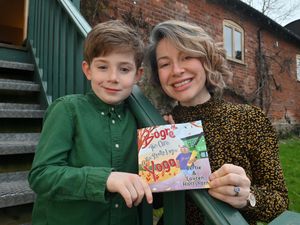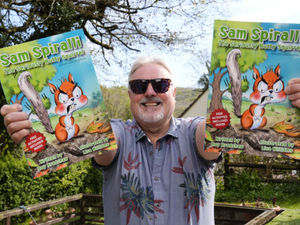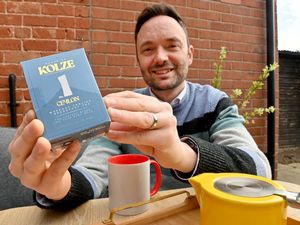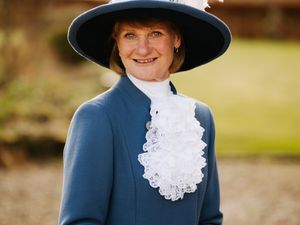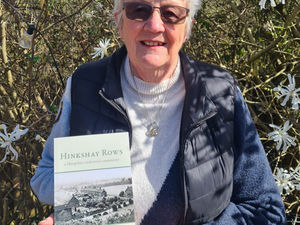Quiz answer was not sheer poetry for Alan
No, no, no! Alan Bason of Shrewsbury likes things to be right. So when he saw one of the questions for our "Pub Quiz" to keep you all busy during the lockdown, he could not let it pass.
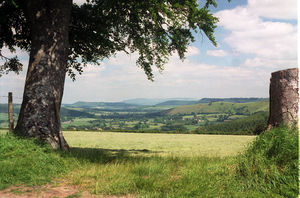
The question, used in the quiz on April 17, was: "Which poet wrote the line 'Clunton and Clunbury, Clungunford and Clun, Are the quietest places, Under the sun."?
Did you answer that it was A.E. Housman, in "A Shropshire Lad."?
"That perpetuates a myth that Housman wrote it," says Alan.
"Housman merely used an old country rhyme."
And to reinforce his point, Alan posted our quiz back to us with the word "wrote" crossed out in that question, and "used" substituted.
This is a bit of a hobby horse for Alan, because although a lot of people believe Housman wrote those lines, Alan says he actually borrowed them, and Alan is fed up with him being wrongly credited with writing them.
“When I was a lad, although he used it, nobody attributed it to Housman,” he said.
“Now it’s hard to find anyone who knows the truth. This is how history changes – tell the lie long enough and it becomes fact.”

There is evidence supporting Alan on the internet and in books. One website says: “Housman famously described Clunton and Clunbury, Clungunford and Clun as ‘the quietest places under the sun’, though it seems he was only appropriating a traditional rhyme, in which the adjective was infinitely variable.”
The 1981 book Portrait of Shropshire by Brian J. Bailey, in describing the local countryside, says: “...to the west we come to that row of villages which Shropshire folk – and A.E. Housman – quote with much variation in the last lines, the most respectable and appealing version being... (it then goes on to repeat the familiar verse).”
Altered
The significance of the passage is that it indicates that Housman is just one of a number of folk to quote the lines.
And the 1970 book Shropshire Hill Country by Vincent Waite quotes the familiar verse “as one version of the old saying goes, although the adjective is often altered to ‘dirtiest’, ‘drunkenest’, and so on according to the fancy and mood of the speaker.”
Then there is another thing to ponder, raised by a book from a few years ago which illustrated A Shropshire Lad in pictures.
In the introduction, Professor Christopher Ricks, President of the Housman Society, raises the question of how the title A Shropshire Lad should be pronounced, a phrase he says never appears in the sequence of poems.
He points out that phrases that are used are “a Grecian lad” (twice in one poem), “a silly lad”, “a better lad”, “a lightfoot lad”, “a Knighton lad”, and “a sterling lad”.
He argues that perhaps, then, “a Shropshire lad” should be pronounced in a way to contrast it proudly with all these other “lad” phrases, and emphasised as “a SHROPSHIRE lad.”
As it happens, Alfred Edward Housman was not himself a Shropshire lad, having been born on March 26, 1859, in the village of Fockbury, Worcestershire, and his poems about the county owe much to lyrical imagination and poetic licence.
Nevertheless, Housman was to become a Shropshire lad in death. He died on April 30, 1936, and his ashes were interred at outside the north wall of St Laurence’s Church, Ludlow.

